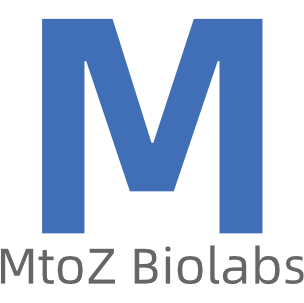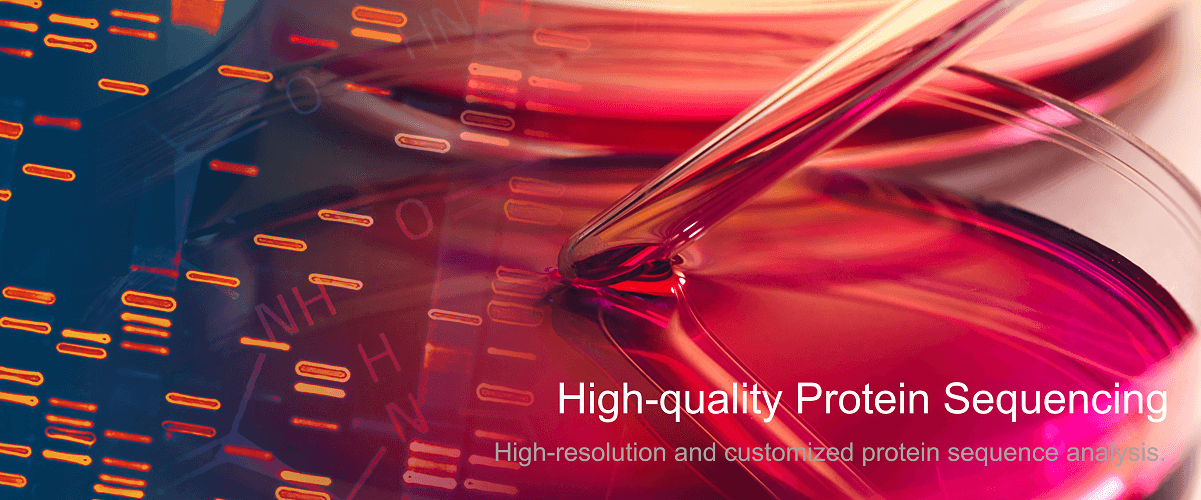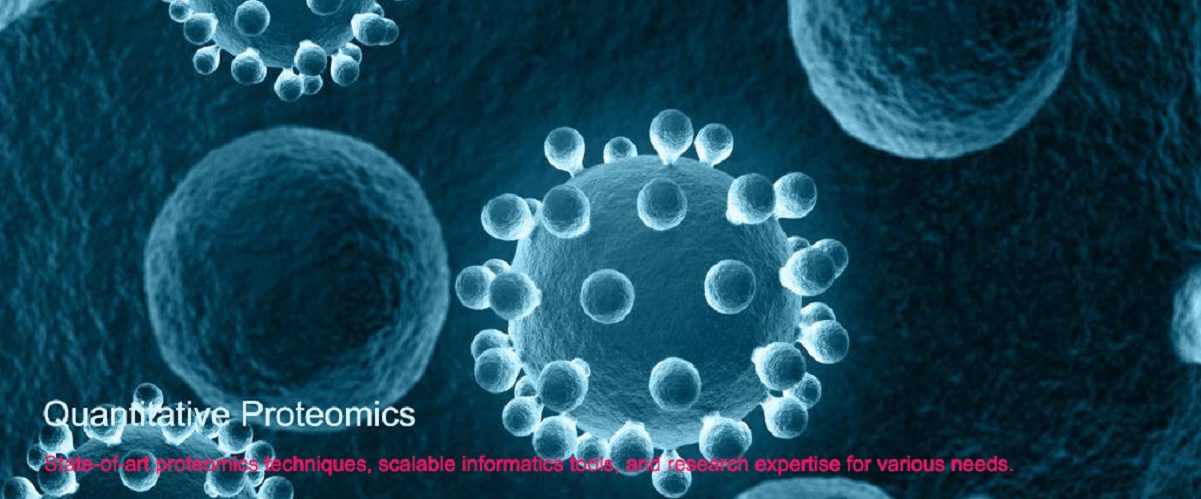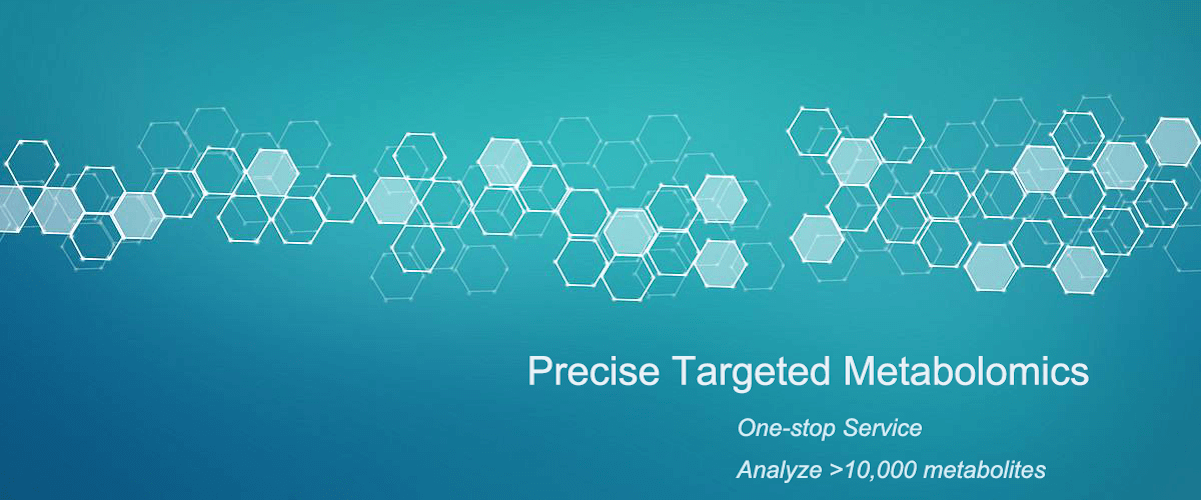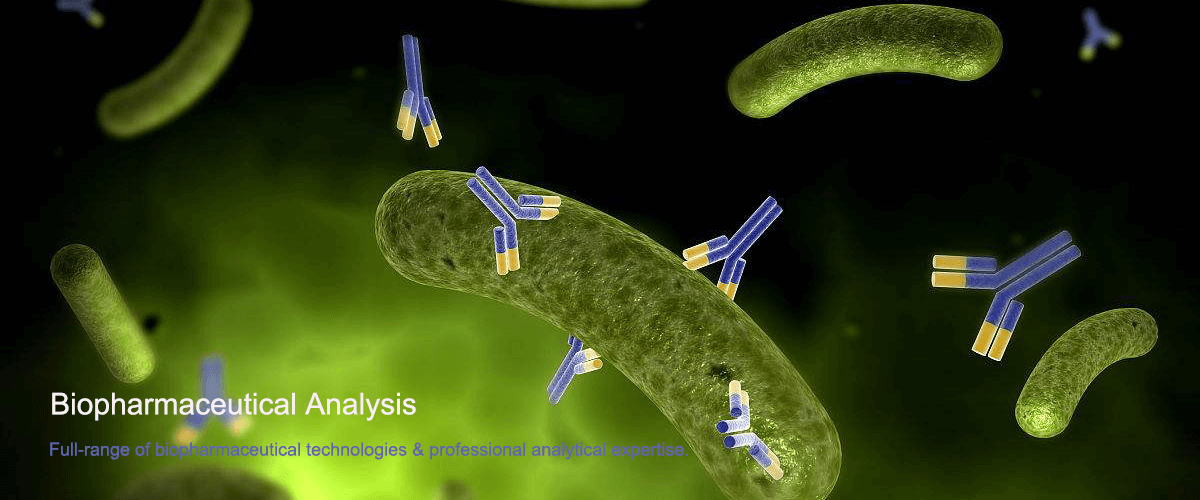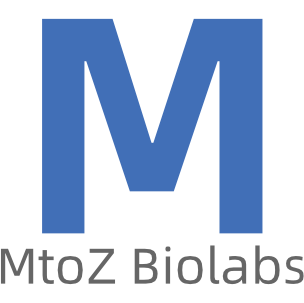Resources
Proteomics Databases
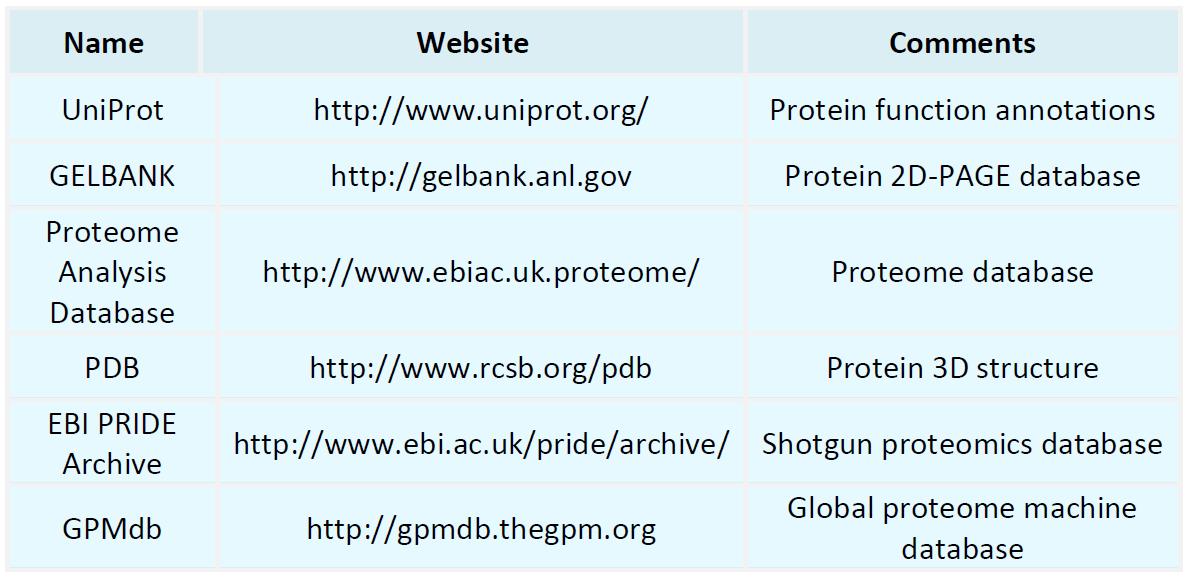
Metabolomics Databases
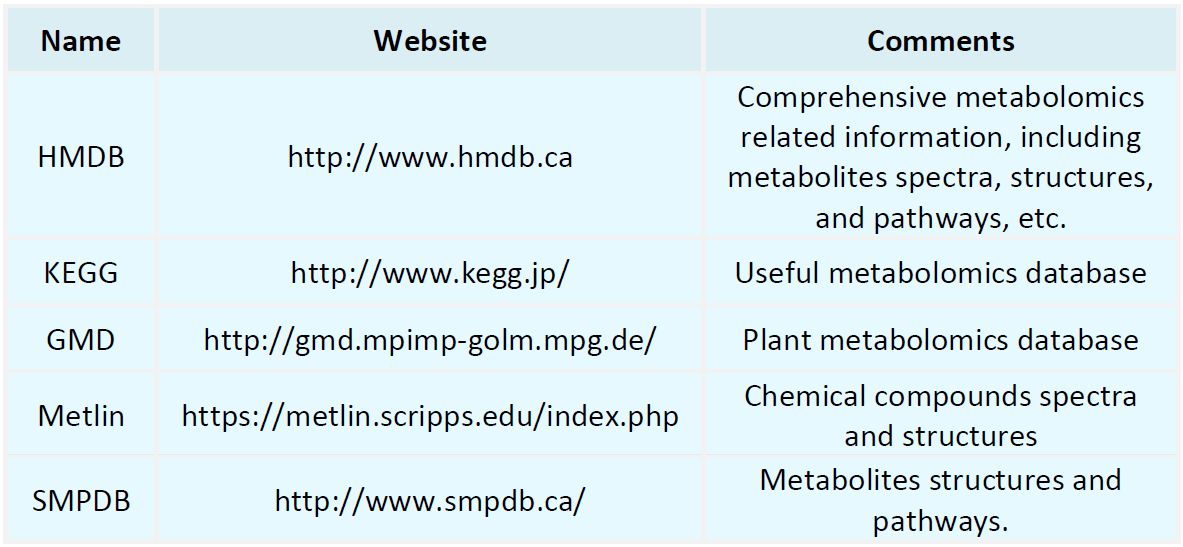
-
• Analysis of Protein Chemical Modification
Protein chemical modifications are essential physiological processes that significantly influence protein stability, localization, activity, and interactions with other molecules in living organisms. Analyzing and understanding these modifications can provide valuable insights into the complex biological activities occurring within organisms. Types of Protein Chemical Modifications: Protein chemical modifications include several types, such as phosphorylation, acetylation, methylation, ubiquitination, and..
-
• The Latest Histone Modification Research
Histone modification is a complex biochemical process that influences chromatin structure and regulates gene expression. This involves the dynamic wrapping and unwrapping of DNA and the subsequent activation or repression of genes, all of which rely on intricate biochemical reactions within the cell. Researchers have identified several types of histone modifications, including acetylation, methylation, phosphorylation, ubiquitination, and arginine methylation, each playing critical roles in various.........
-
• Protein Identification: Experimental Strategies, Technological Advances, and Applications
Protein identification is fundamental to proteomics, aiming to determine the presence, sequence, and functional role of specific proteins in biological samples. Over the past decades, advancements in analytical techniques have transformed protein identification from traditional biochemical methods to high-throughput mass spectrometry-based approaches, significantly improving accuracy, sensitivity, and throughput. Whether analyzing a single protein or profiling complex proteomes, researchers continuous......
-
• Mass Spectrometry in Protein Identification: Methods, Advantages, and Challenges
Protein identification aims to elucidate the functions and roles of proteins within biological systems by analyzing their molecular structure, sequence, and post-translational modifications. Mass spectrometry has emerged as a gold standard in this field, enabling researchers to precisely determine protein molecular weight, sequence, and post-translational modifications, irrespective of protein complexity. Consequently, mass spectrometry plays a pivotal role in proteomics, disease research, and novel d......
-
• Electrophoretic Detection of Protein Phosphorylation
Phosphorylation is a critical post-translational modification in biological systems. The analysis of protein phosphorylation via electrophoresis provides valuable insights into its biological properties. Phosphorylation is one of the most prevalent post-translational modifications in cells, predominantly occurring on serine, threonine, and tyrosine residues. The attachment of phosphate groups to specific amino acid residues can significantly alter protein structure and function.
-
• LC-MS/MS Peptide Mass Spectrometry Analysis of Ubiquitination Sites
Ubiquitination is a prevalent post-translational modification instrumental in regulating numerous cellular processes, including protein degradation, signal transduction, and protein subcellular localization. Consequently, precise identification and localization of ubiquitination sites are of great biological significance. Liquid chromatography-tandem mass spectrometry (LC-MS/MS) is a pivotal analytical technique used in the identification of ubiquitination sites.
-
• Visualization of Glycosylation Sites Detection
Glycosylation is a crucial post-translational modification that occurs widely in living organisms. This process affects a diverse range of proteins and lipids, enabling various physiological functions. However, the precise detection and localization of glycosylation sites remain a significant challenge in molecular and cellular biology due to technical limitations. This paper reviews recent advancements in glycosylation site visualization techniques.
-
• Phosphorylation Site and Abundance Detection
Phosphorylation is a critical post-translational modification (PTM) of proteins, integral to several biological processes such as signal transduction, cell division, and metabolism. This process involves the addition of a phosphate group to specific amino acid residues, typically serine (S), threonine (T), and tyrosine (Y).
-
• Detection of Protein Carboxylation Modification
Protein carboxylation is a prevalent post-translational modification that involves the addition of a carboxyl (-COOH) group to specific amino acid residues in proteins. This modification alters the protein’s charge distribution, which in turn affects its structural conformation and functional properties. Given its critical role in protein stability and function, the accurate detection of carboxylation is essential for studying protein function, elucidating disease mechanisms, and facilitating drug..........
-
• Chemical Proteomics Protocol
Chemical proteomics is a scientific methodology designed to investigate interactions between proteins and small molecules within biological systems. By employing chemical techniques, researchers can perform both qualitative and quantitative analyses of specific proteins, thereby elucidating their functions and regulatory mechanisms. The following sections outline the fundamental steps involved in chemical proteomics analysis.
How to order?

